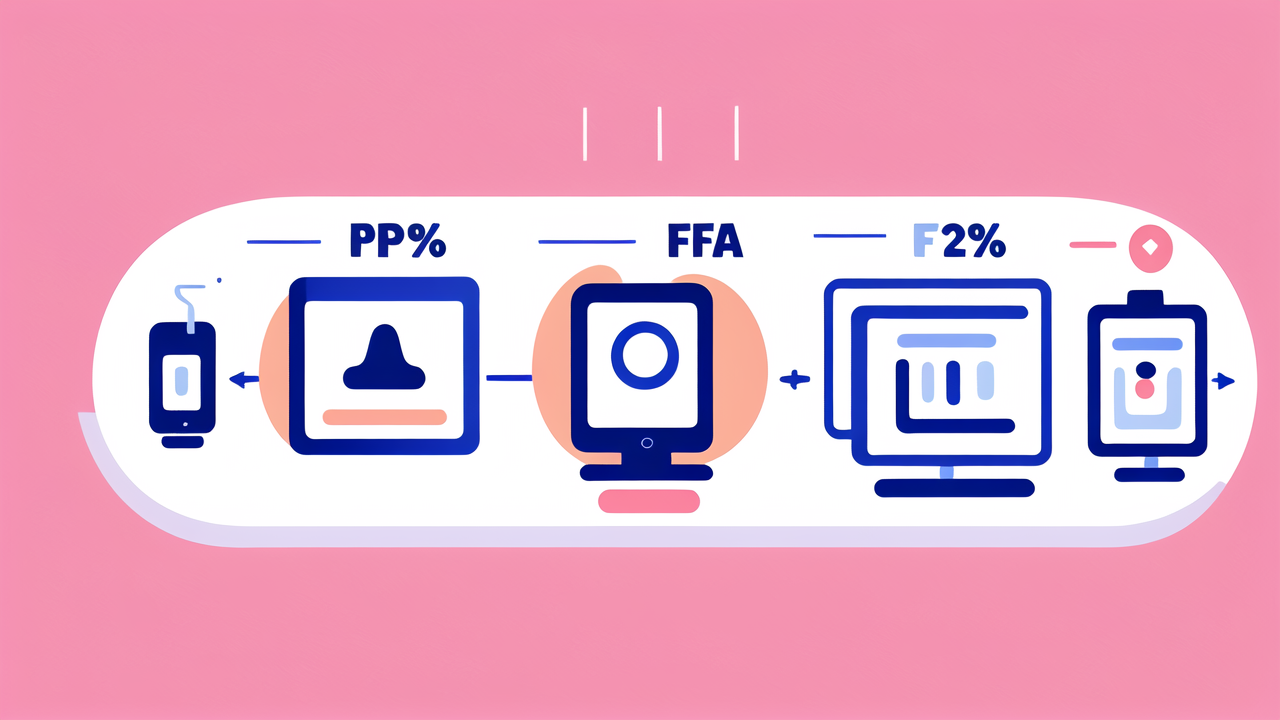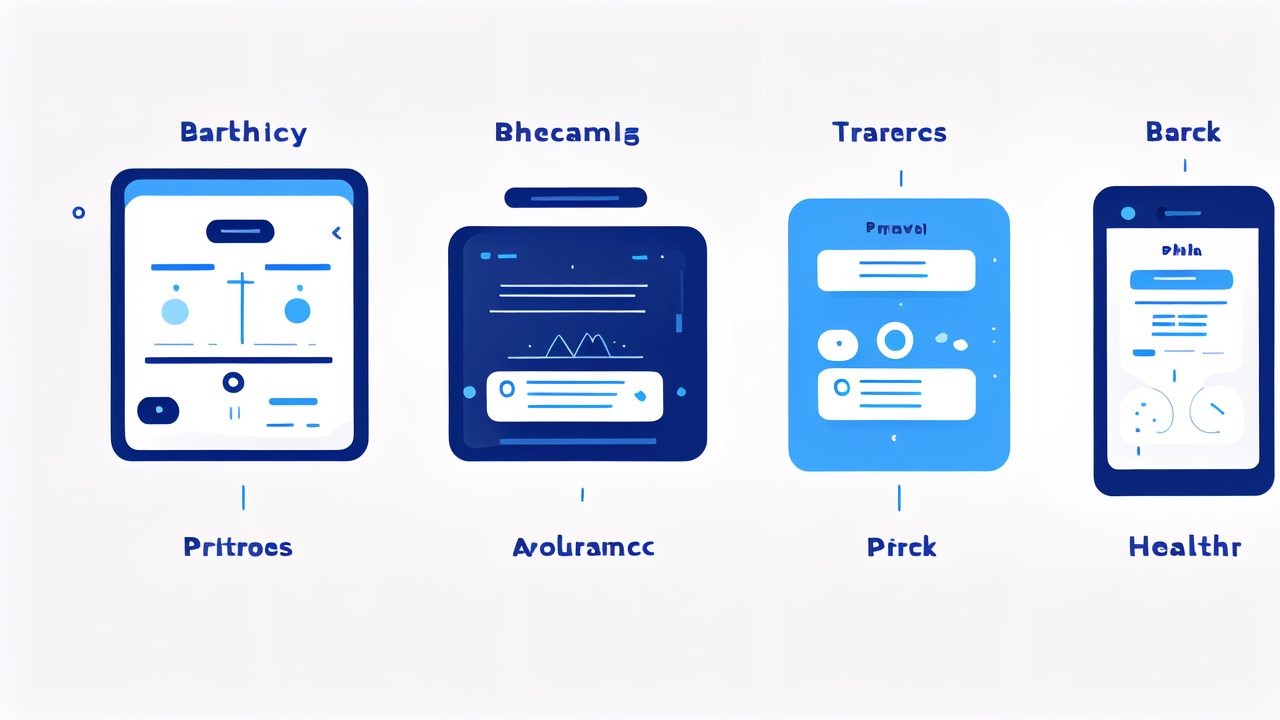Introduction to Body Measurement Tracking
The Evolution of Wearable Health Technology
Wearable health tech has come a long way. It started with simple pedometers. Now, we have smart bracelets that do much more. These devices can track heart rate, sleep, and even stress levels. The journey has been rapid and exciting. Early fitness bands could only count steps. Today's smart bracelets are like mini health labs on your wrist. They use advanced sensors to collect data. This data helps users understand their health better. The evolution continues with new features being added regularly.

The Importance of Personal Health Data
Personal health data is crucial for better health outcomes. Smart bracelets make it easy to gather this data. Users can track their activity, sleep, and vital signs daily. This information helps people make informed decisions about their health. It can motivate them to be more active or improve their sleep habits. Doctors can use this data to provide better care. It gives them a more complete picture of a patient's health. Personal health data empowers individuals to take control of their well-being.
Regulatory Landscape for Body Measurement Devices
The regulatory landscape for body measurement devices is complex. Different countries have varying rules. In the US, the FDA oversees these devices. They ensure the devices are safe and accurate. Some smart bracelets are considered medical devices. These need more rigorous testing and approval. Others are classified as wellness devices. They have fewer regulations. Privacy is a big concern in this field. Laws like HIPAA in the US protect health data. Companies must comply with these regulations. The landscape is always changing as technology advances.
Key Trends in Smart Bracelet Adoption
Growth of the Wearable Fitness Industry in the United States
The wearable fitness industry in the US is booming. More people are buying smart bracelets each year. This growth is driven by several factors. People are more health-conscious now. They want to track their fitness progress. Smart bracelets are becoming more affordable. This makes them accessible to more people. The technology is also improving. New features attract more users. Many insurance companies now offer incentives for using these devices. This further boosts adoption. The industry is expected to keep growing in the coming years.

Incorporating AI and Machine Learning in Smart Bracelets
AI and machine learning are revolutionizing smart bracelets. These technologies make the devices smarter and more useful. They can analyze data patterns to provide insights. For example, they can predict when you're likely to feel stressed. Or suggest the best time for you to exercise. AI can also detect anomalies in your health data. This could help spot potential health issues early. Machine learning allows the device to understand your habits better over time. It can then give more personalized recommendations. These advancements make smart bracelets powerful health tools.
Interoperability and Data Integration: Ensuring User Control
Interoperability is a key trend in smart bracelet technology. It means different devices and apps can work together. This allows users to get a more complete picture of their health. Data from your smart bracelet can be combined with data from other sources. This might include your medical records or diet tracking app. Users want control over their data. They should be able to decide who can access it. Many companies are working on ways to make data sharing easier and safer. This trend is making smart bracelets more valuable and versatile.
Challenges and Opportunities in Smart Bracelet Innovation
Overcoming Common Obstacles to Wearable Health Adoption
Smart bracelets face several adoption challenges. Battery life is a common issue. Users don't want to charge their device too often. Accuracy of measurements is another concern. People need to trust the data they're getting. Comfort is also important. The device should be easy to wear all day. Some users worry about privacy and data security. Companies need to address these concerns clearly. Cost can be a barrier for some people. As technology improves, these issues are being addressed. This is helping to increase adoption rates.

Ethical Considerations in Personal Health Data Usage
The use of personal health data raises ethical questions. Privacy is a major concern. How is the data stored and who has access to it? There's also the issue of data ownership. Do users own their health data or do the companies? Another concern is the potential for discrimination. Could employers or insurers use this data unfairly? There's also the question of informed consent. Do users fully understand how their data might be used? Companies must address these ethical issues. Clear policies and transparent practices are essential. This will help build trust with users.
Future Directions for Body Measurement Technologies
The future of body measurement tech is exciting. We're likely to see even more advanced sensors. These could measure things like blood glucose without needles. Smart fabrics might become more common. Your clothes could gather health data. Augmented reality could change how we view our health data. Imagine seeing your stats overlaid in your field of vision. AI will become more sophisticated. It could provide more accurate health predictions. We might see more integration with medical devices. Your smart bracelet could work with your insulin pump, for example. The goal is to make health tracking seamless and more comprehensive.




Leave a comment
This site is protected by hCaptcha and the hCaptcha Privacy Policy and Terms of Service apply.